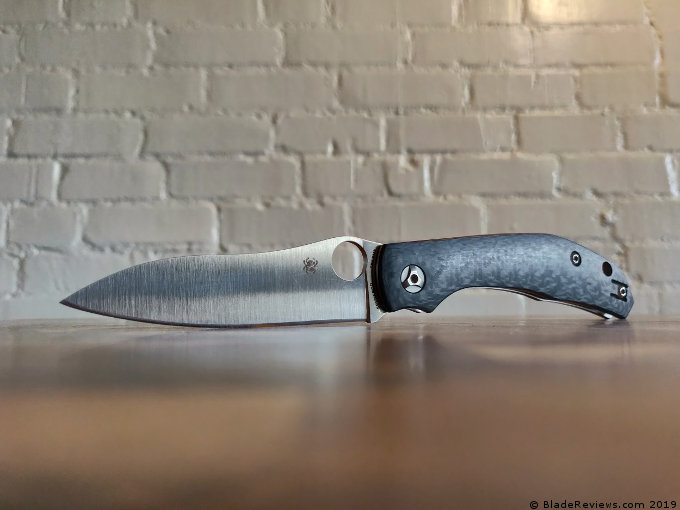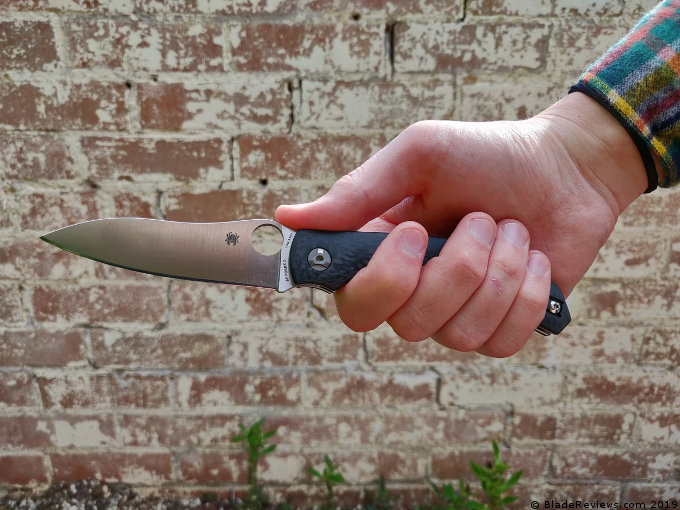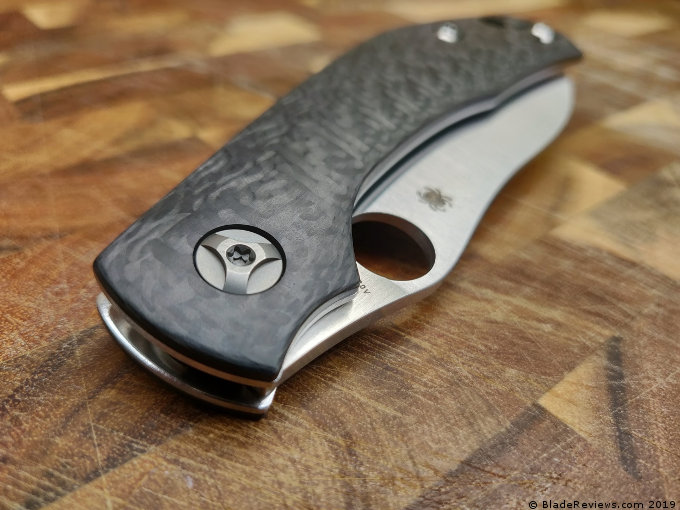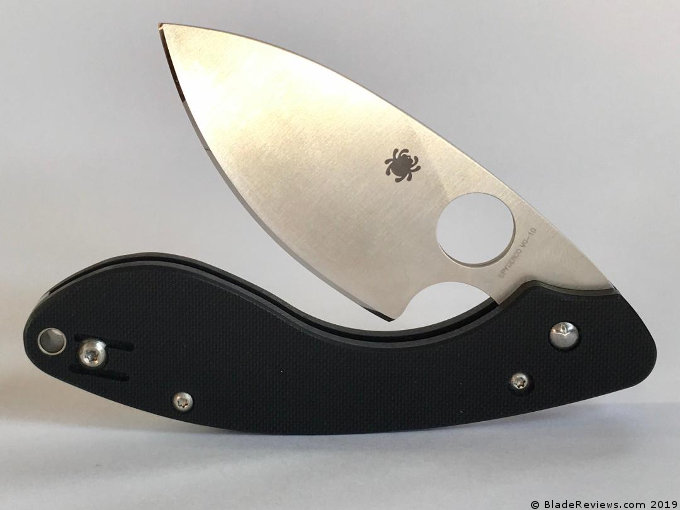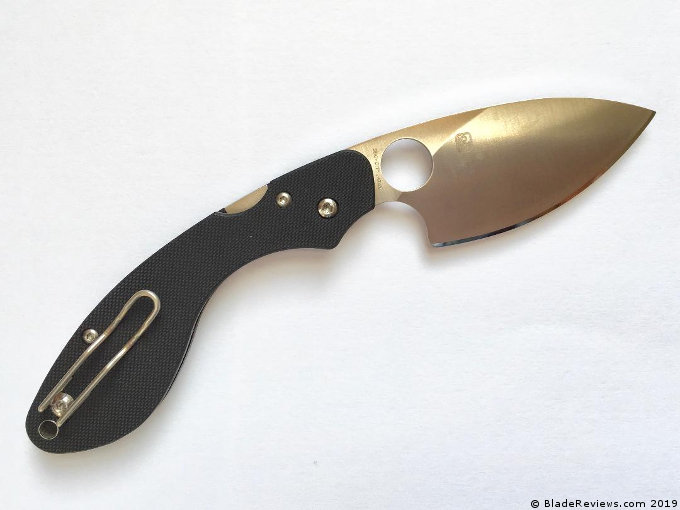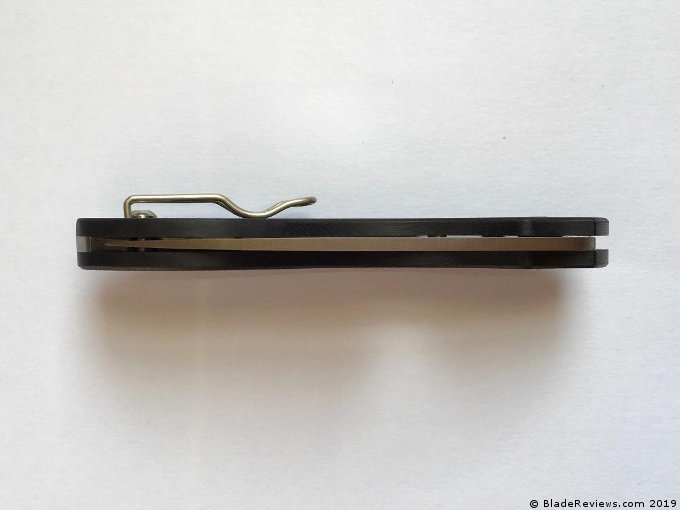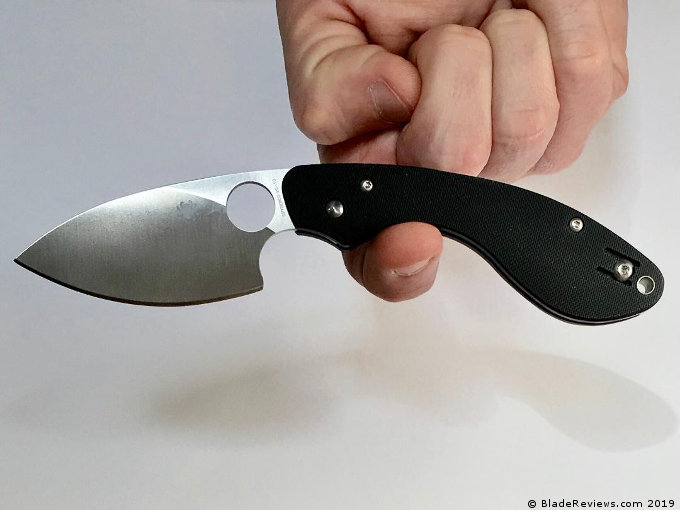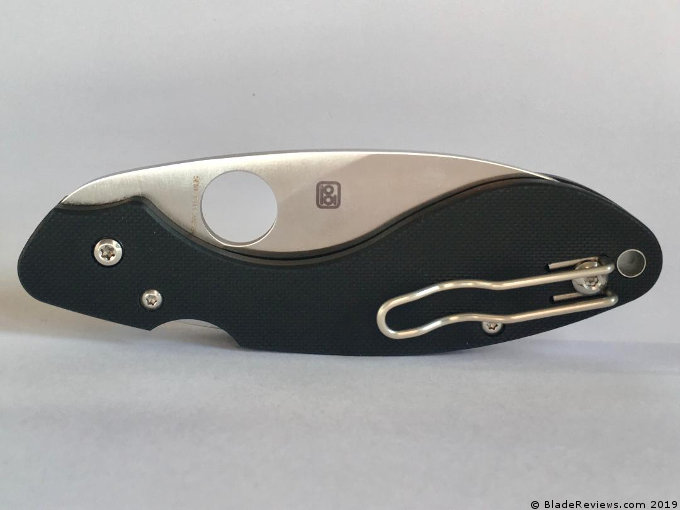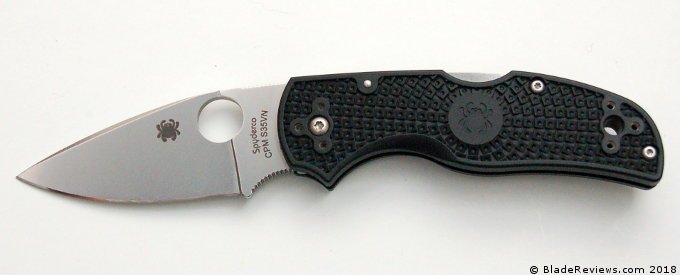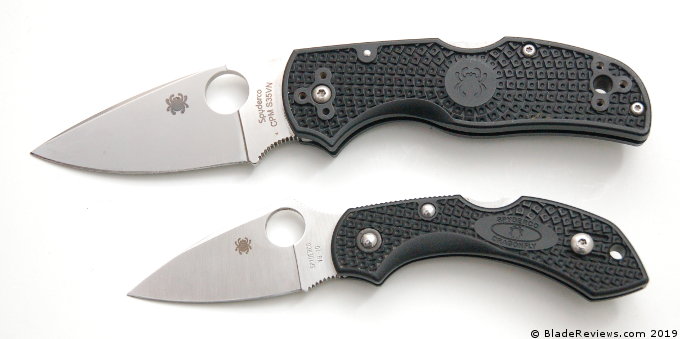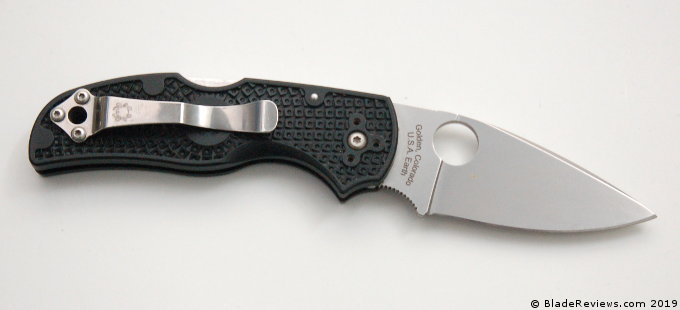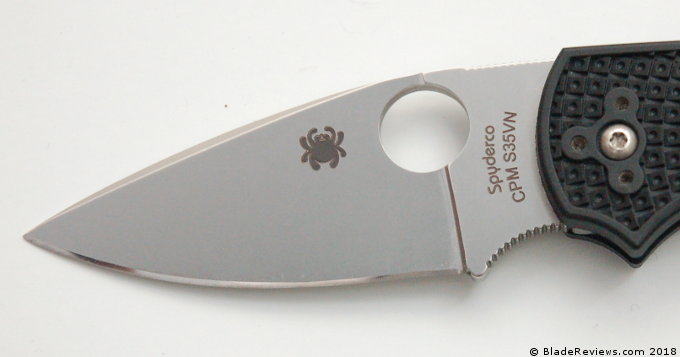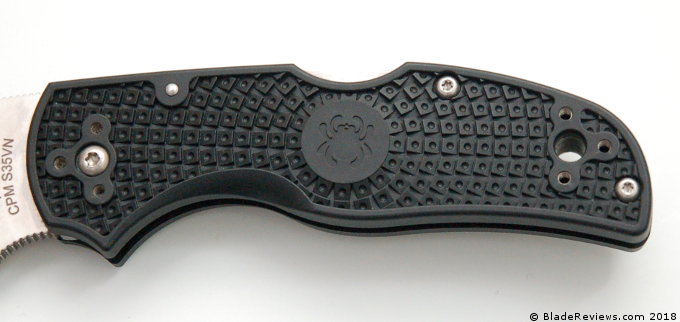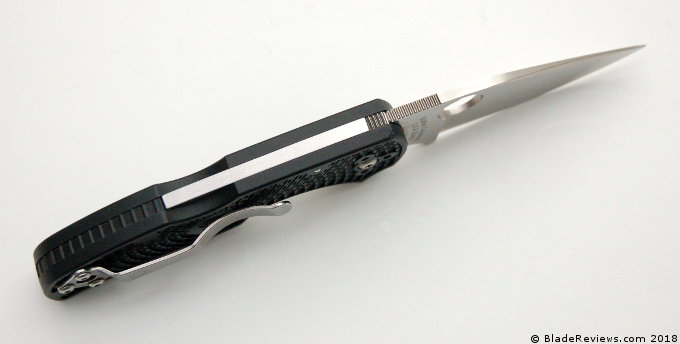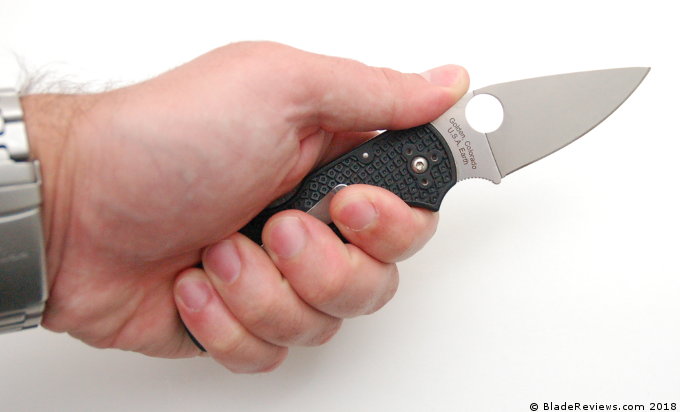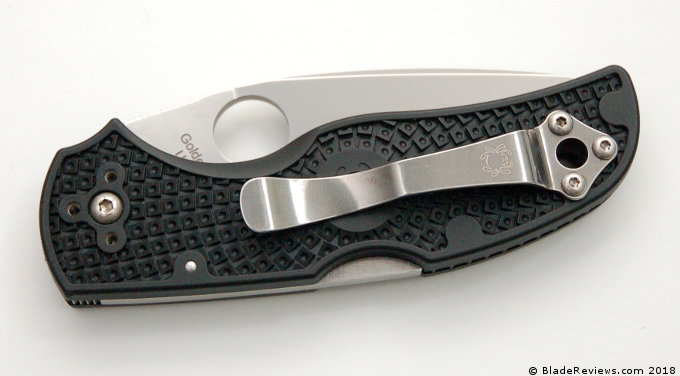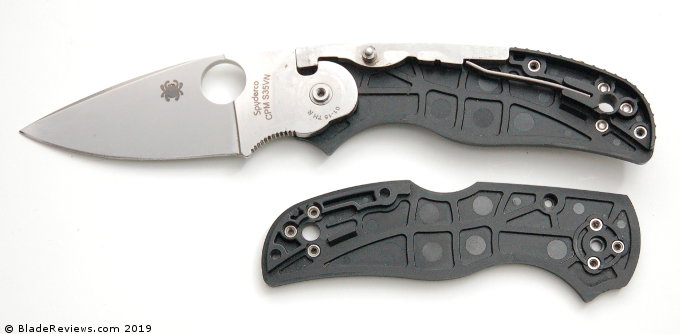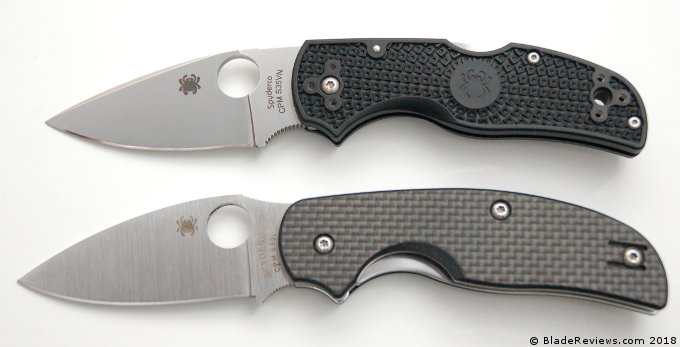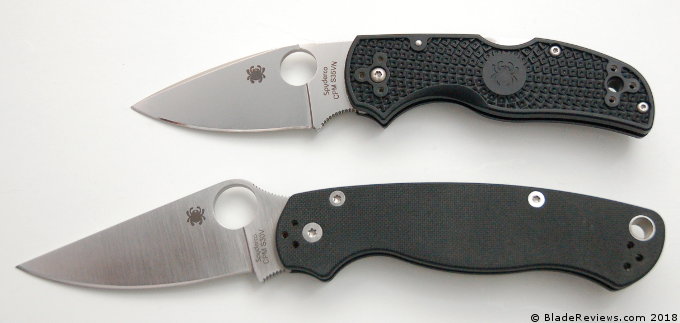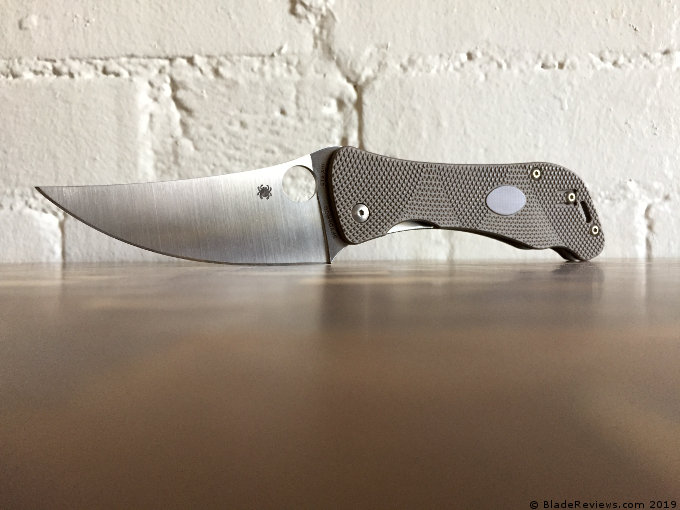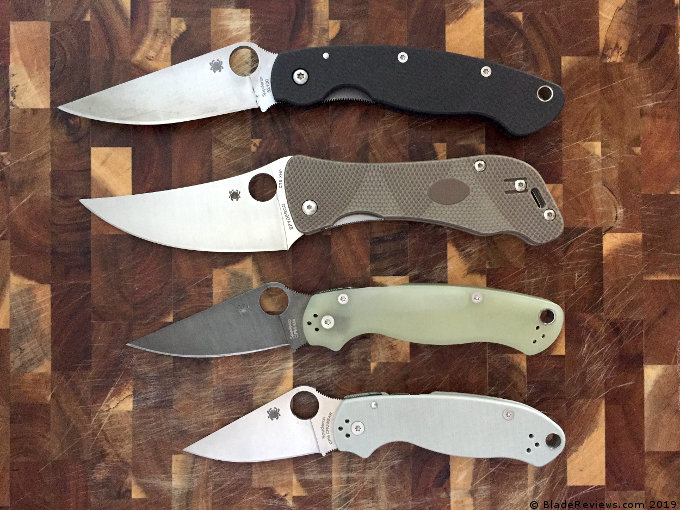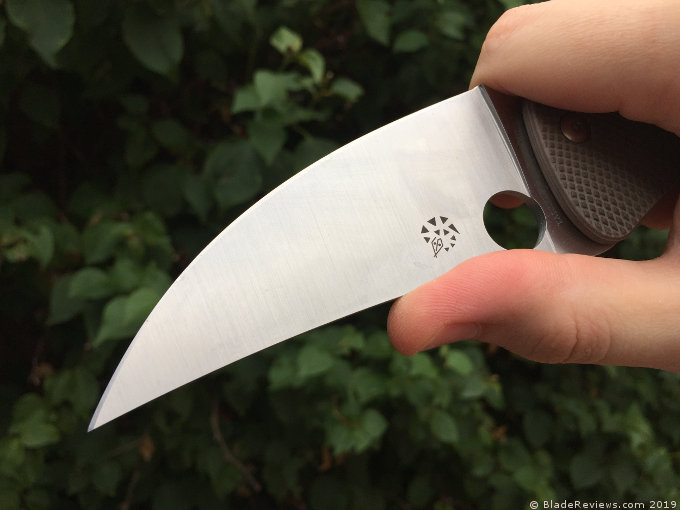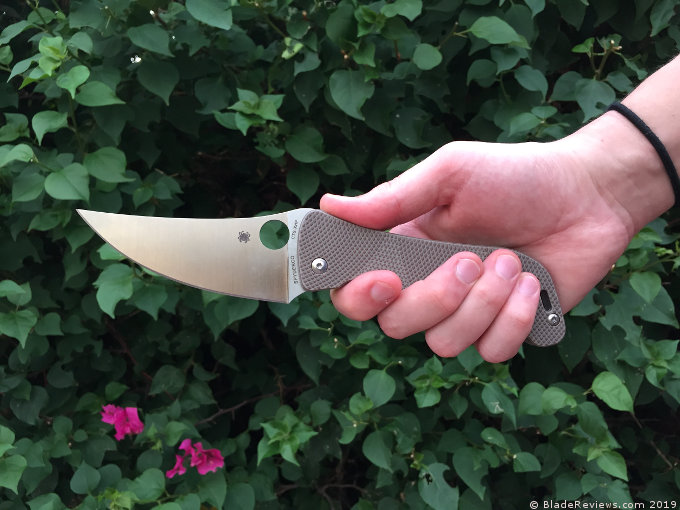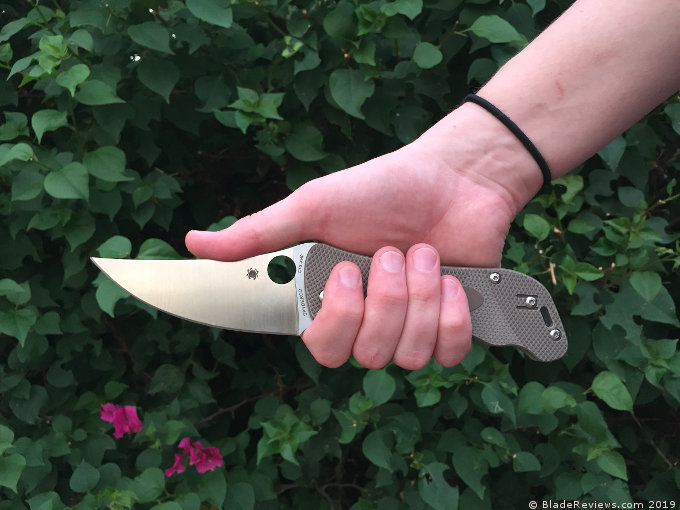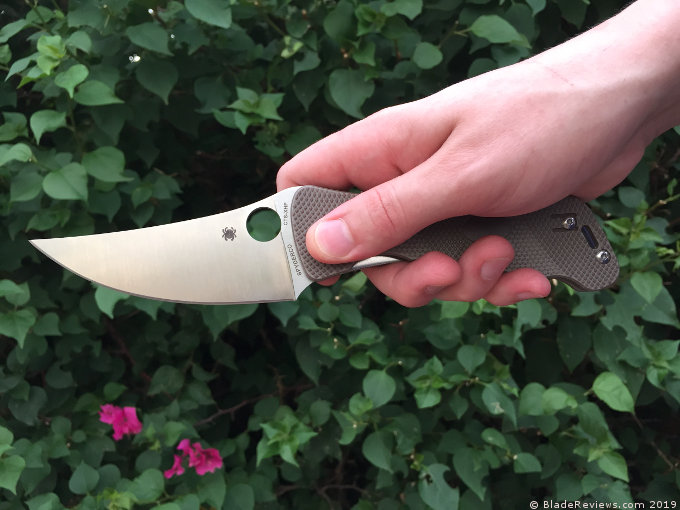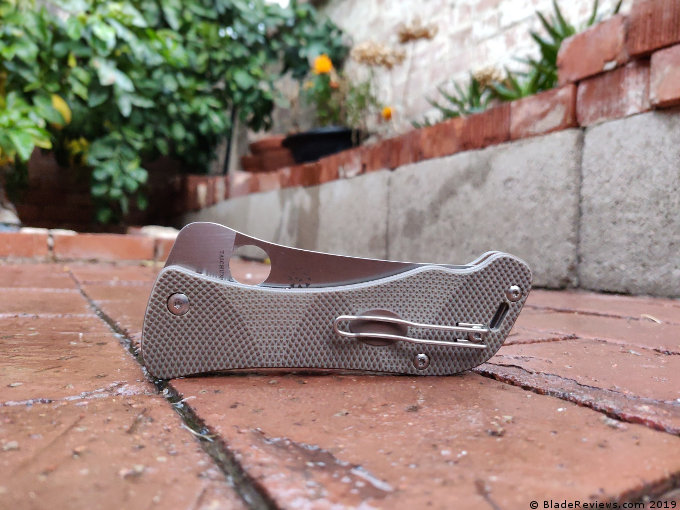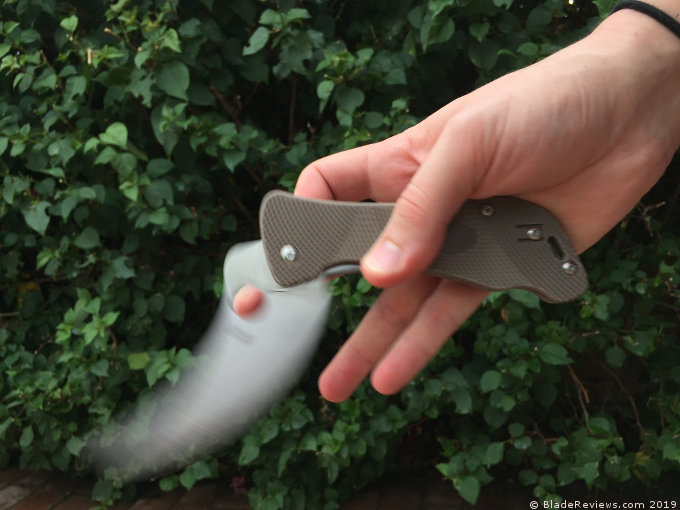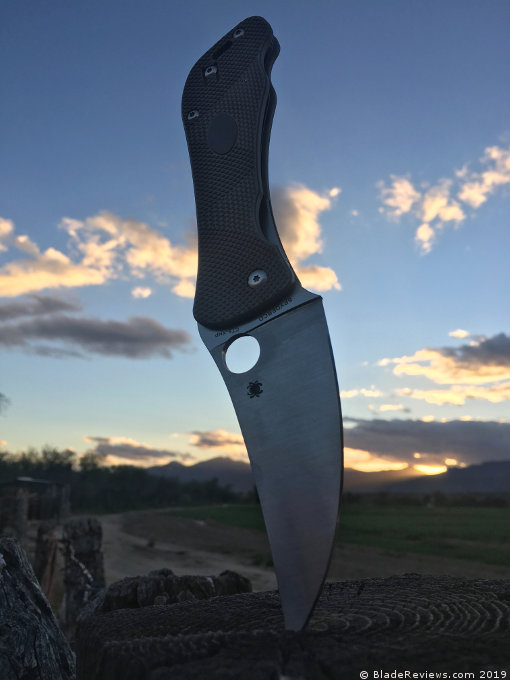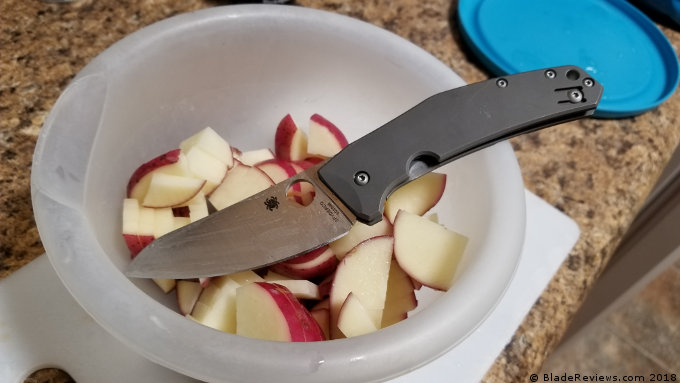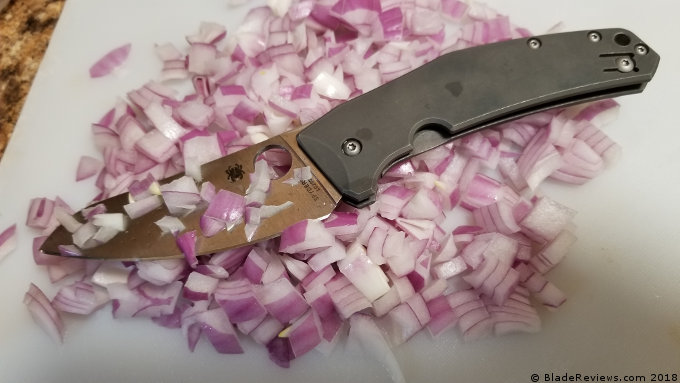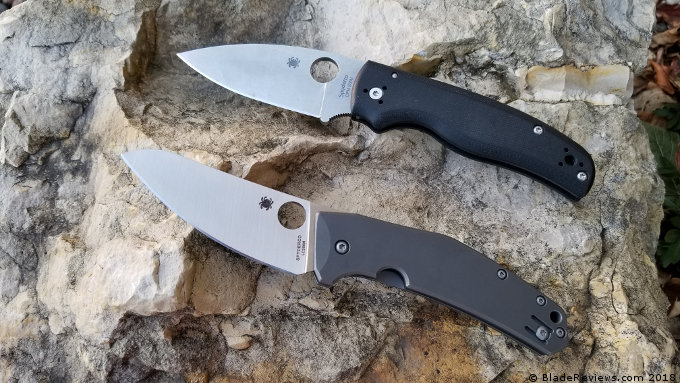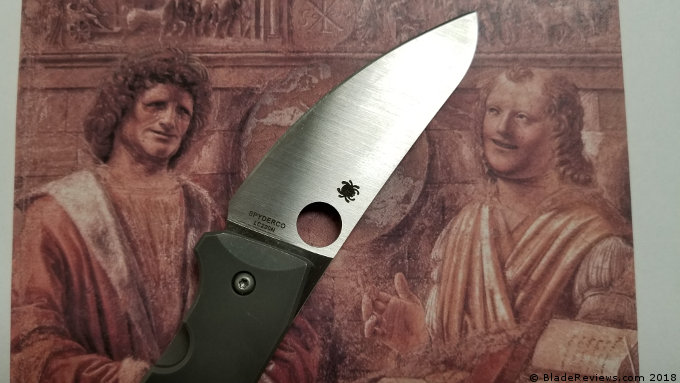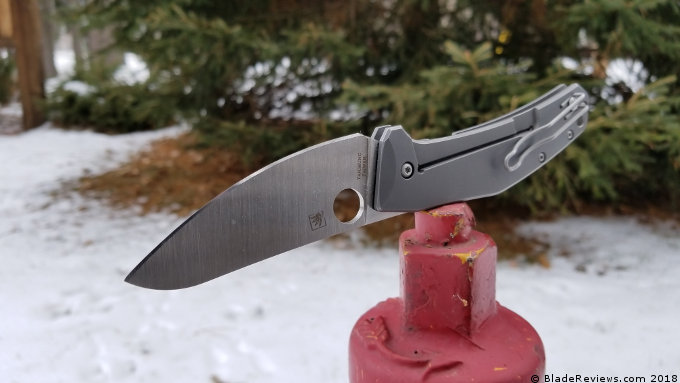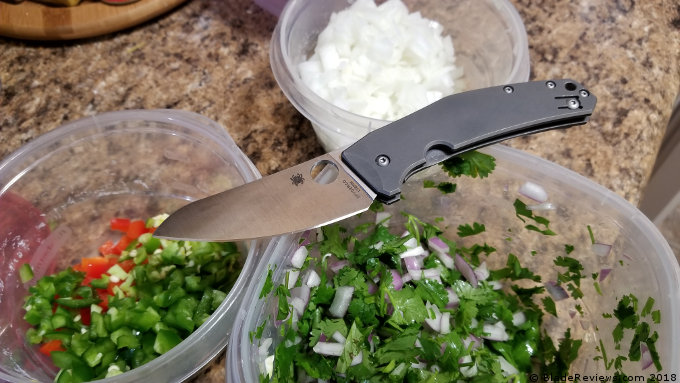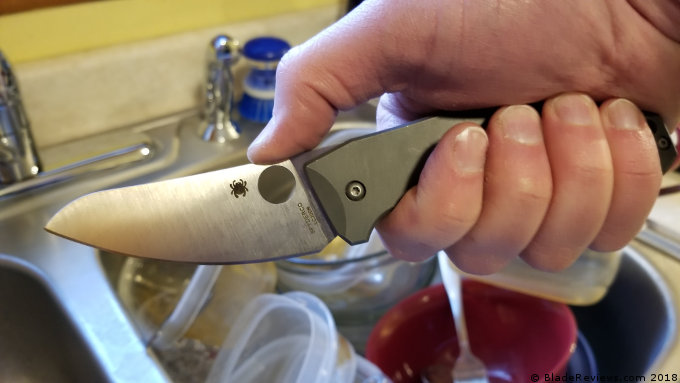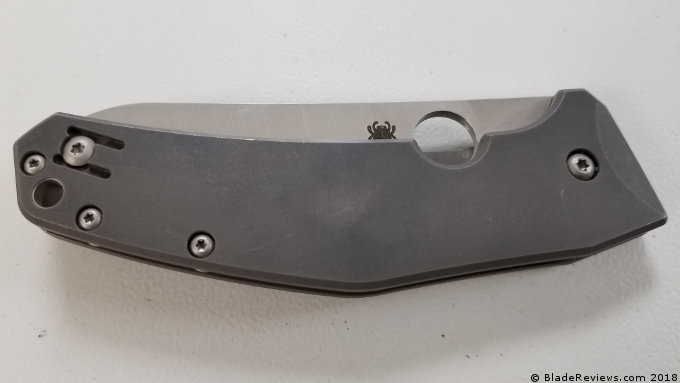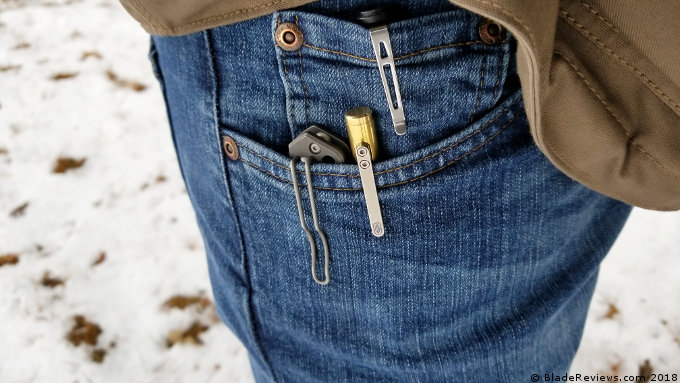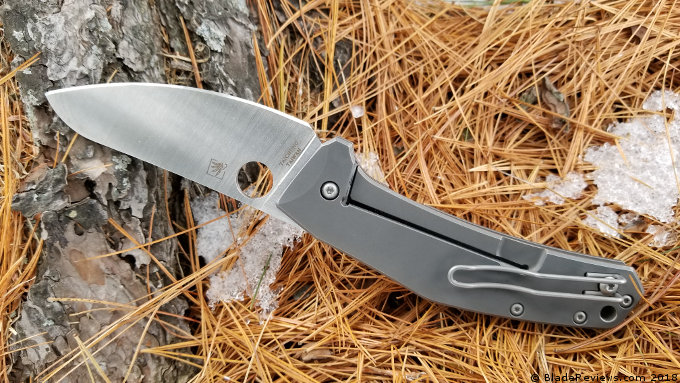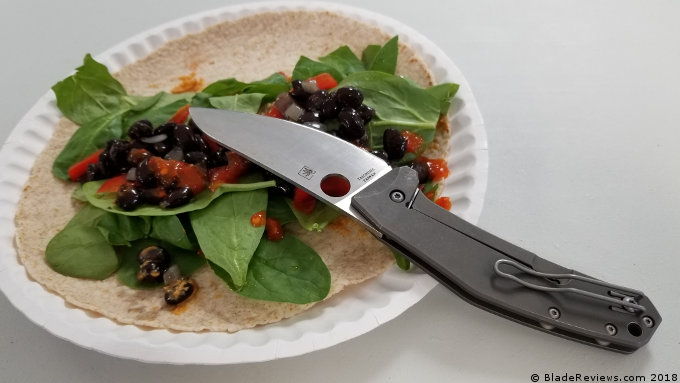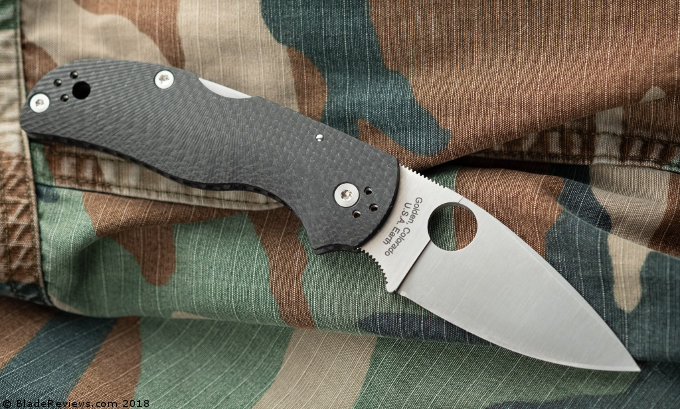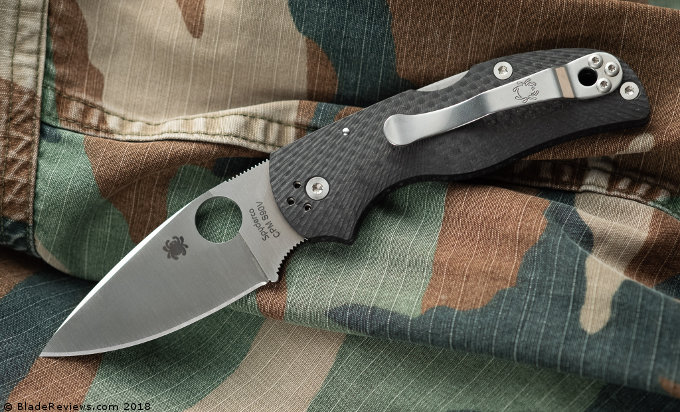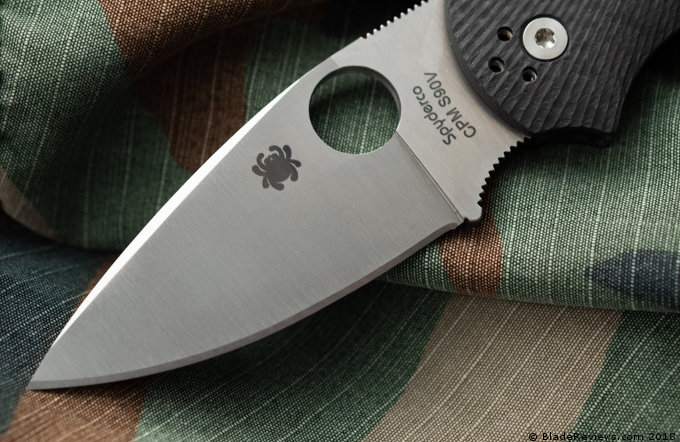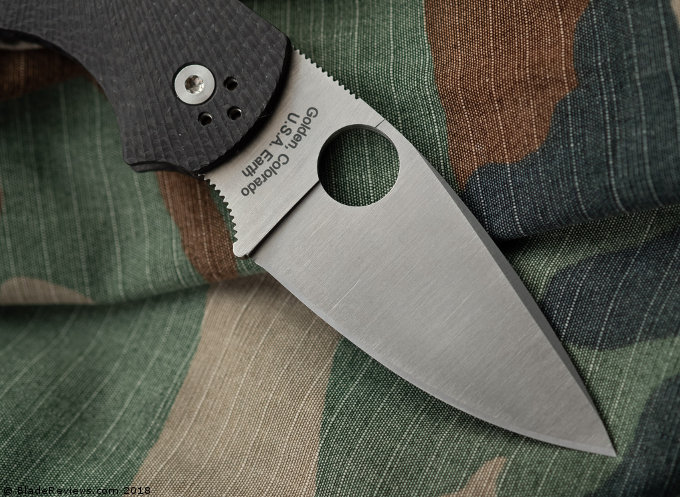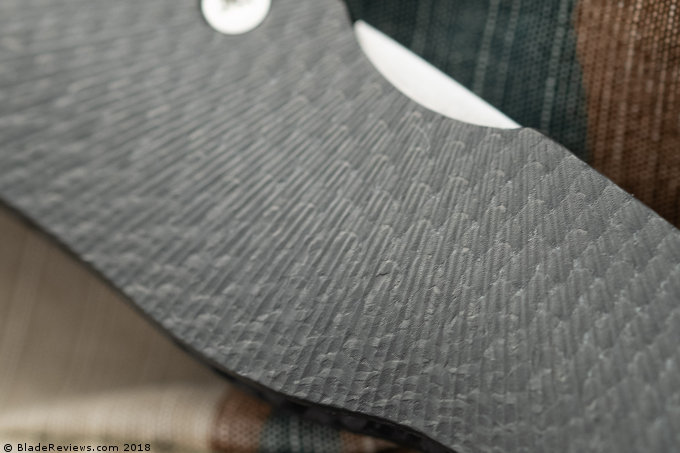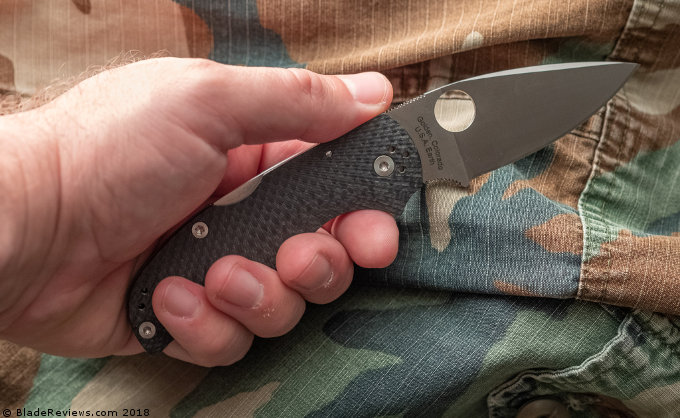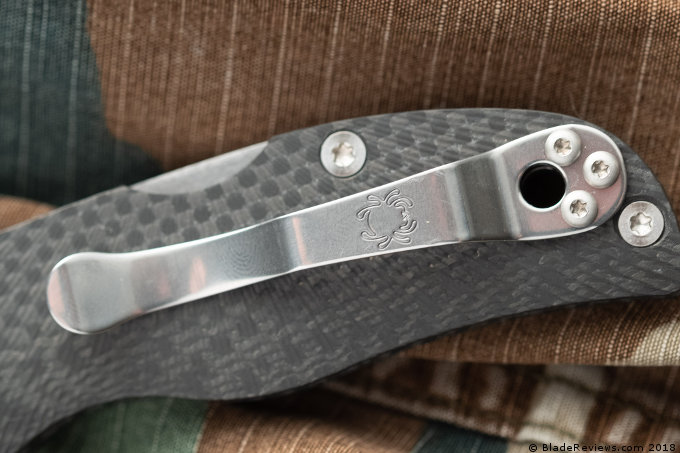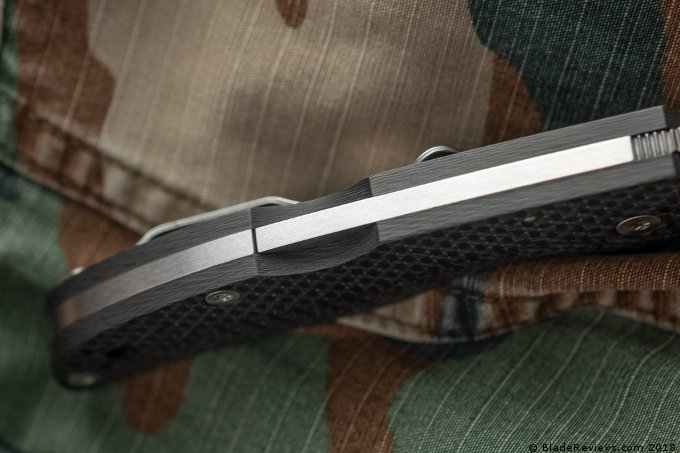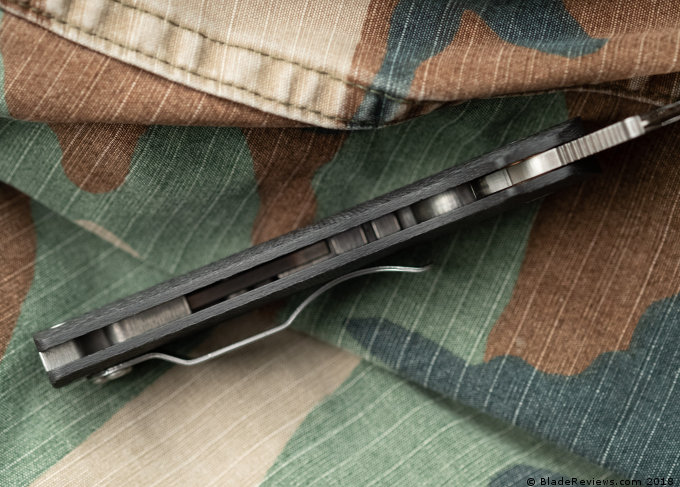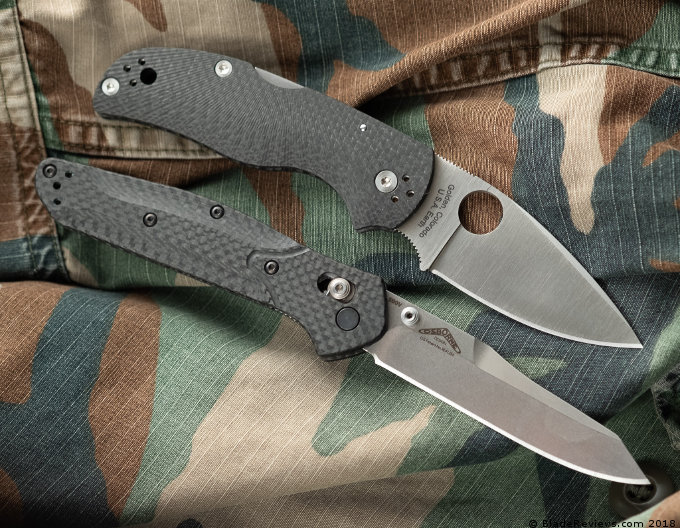On paper, the Spyderco Kapara offers an attractive proposition: utilitarian design, high-end looks, and some of Spyderco’s most popular features fused together in a slim, pocket friendly package. Since it released in late 2018, the Kapara has been my near-daily companion. It took me longer than I expected to form my opinion of this beguiling new Spyderco knife. One question kept nagging me: do the elements of the Kapara that were so appealing to me on paper, hold up under scrutiny in hand?
General Dimensions & Blade Details
At eight-and-a-quarter inches overall with just over three-and-a-half inches of blade, the Kapara is by no means a small knife. Dimensions aren’t the whole story, though – while somewhat long, it feels exceptionally lithe. The blade is thin (3mm stock thickness) and slim, barely widening around the spyderhole before winding down to the slender tip. It’s a fresh, elegant take on a classic Spyderco blade shape, reminiscent of Sal Glesser silhouettes like the Stretch or UKPK Drop Point.
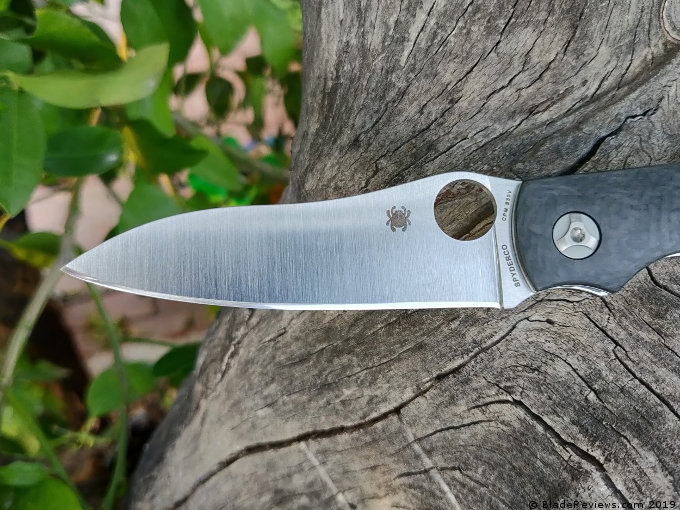
Typically, blades in the 3.5 inch range don’t really work for me. I find they suffer from something like “middle child syndrome:” too small to shoulder the responsibility of impromptu kitchen knife duty, too big to get away with sneaking into a pocket unnoticed. The Kapara, however, splits the difference perfectly. It’s got enough blade length to flex into some “big knife” work, but feels light for its size at just 3.4 ounces.
The Kapara was designed by Australian knife maker Alistair Phillips with a mind towards everyday food prep tasks. While it definitely isn’t the king of the cutting board (a title still held uncontested by my Spyderco Hundred Pacer), the Kapara’s flat-ground blade and long, low, and thin edge geometry make it a great paring knife. I especially appreciated the articulate tip, which – thanks to the thoughtful blade shape and well-executed distal taper – was pointy enough to pierce effortlessly, yet wide enough to deftly pluck seeds from citrus or spread peanut butter.
I do wish Spyderco had included the small sharpening choil present on Phillip’s original design. Resharpening was easy enough, but the untidy edge at the heel of the blade feels out of place on such an elegant knife. Luckily for me, Mr. Phillips has published a video tutorial on how to add a sharpening choil to the Kapara should I ever feel bothered enough to modify it myself.
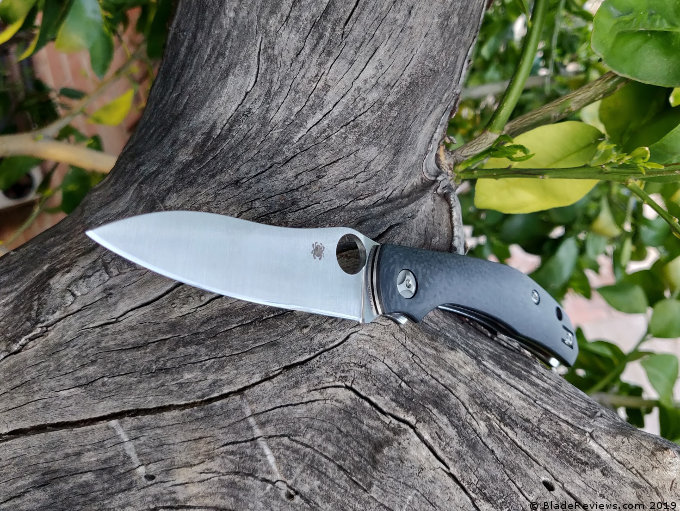
For blade steel, Spyderco have opted for CPM-S30V, an American powder-metallurgy alloy developed specifically for cutlery. I’ll touch on my personal quibble with this choice later, but speaking objectively it makes sense here. S30V’s combination of great corrosion resistance, good edge holding, and relative ease of sharpening make it a safe choice for a pocket knife users are encouraged to use on food.
Handle, Ergonomics, and Pocket Clip
When I first slid the Kapara from its red, black, and gold foil Spyderco box, the handle immediately caught my attention. The tastefully embellished pivot and burgundy backspacer are nice, but I don’t think I’ve ever seen carbon fiber scales executed so excellently on a production knife: lustrous, gently radiused, symmetrical, perfectly flush with the liners, and neatly softened around the edges.
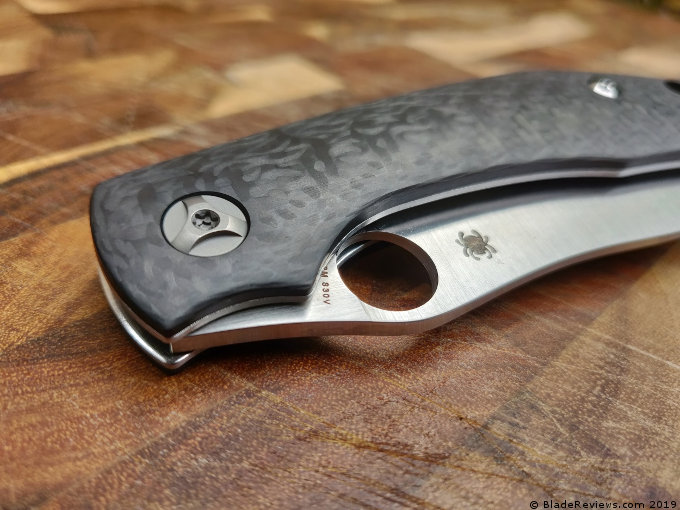
The handle is quite smooth, and I expected the knife to feel slippery and difficult to control. As it turns out, the ergonomics more than make up for the lack of texture. The arched back of the handle lends most grips ample leverage, and is plenty long enough to hold without feeling crowded into the finger choil. The thumb ramp, while subtle, reassures against sliding forward in a thrusting cut.
The finger choil is shallow but not at all undersized.
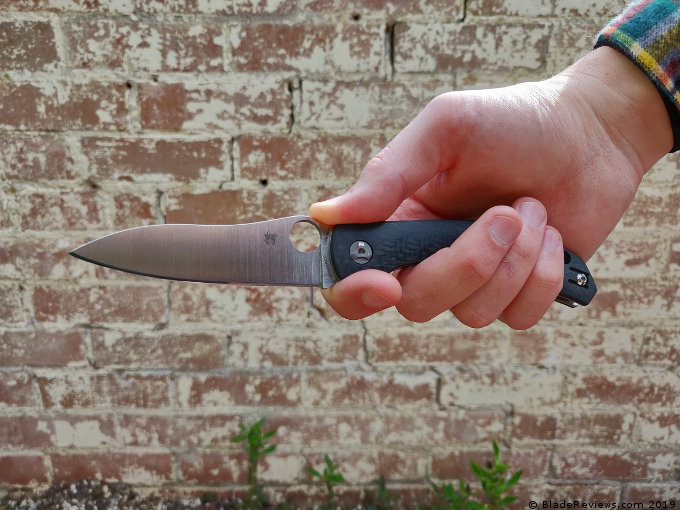
And the dip in the spine of the blade makes for an easy place to rest the forefinger when guiding the tip.
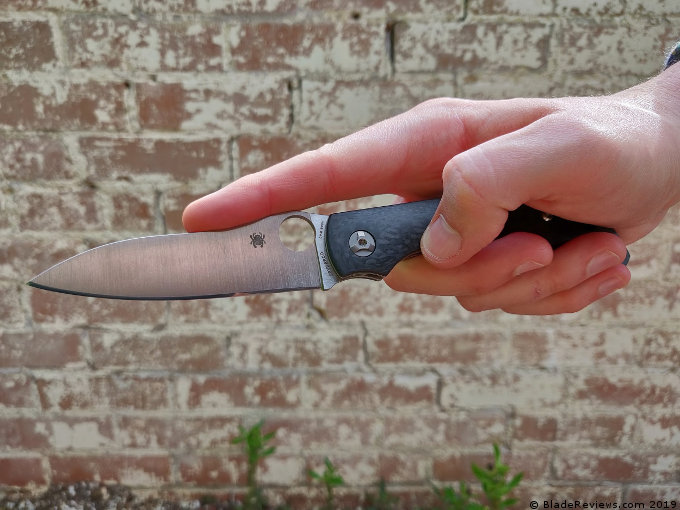
In pocket, the Kapara’s impeccable smoothness pays dividends. The wire clip hangs the knife deep with plenty of tension to hold it securely in place, yet it slides in and out of pocket effortlessly. No yanking, no forcing it down over a thick seam, no shredding your pocket lining day by day… honestly, the Kapara carries so well it may have spoiled textured handles for me. I know I’m not the only one with a drawer full of otherwise presentable pants all disintegrating at the right front pocket.
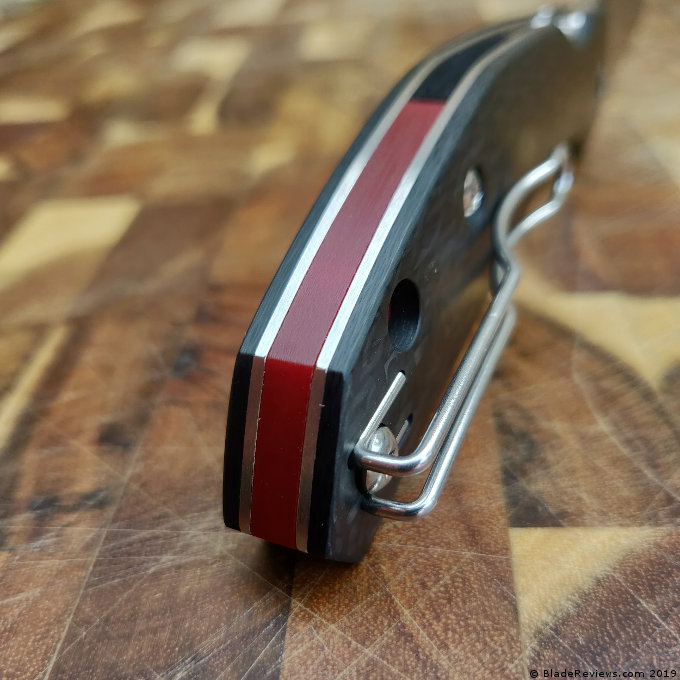
Deployment & Lockup
Spyderco’s compression lock is known for its simplicity, safety, and strength. Here on the Kapara it delivers unimpeachable lockup and a firm detent for snappy, satisfying deployment. Closing it, however, took a little getting used to. The knife is slender enough that there’s not much room to hold the knife and pinch the lock open at the same time. Instead, I found it easier to operate more like a back lock, by using my thumb to disengage the lock…
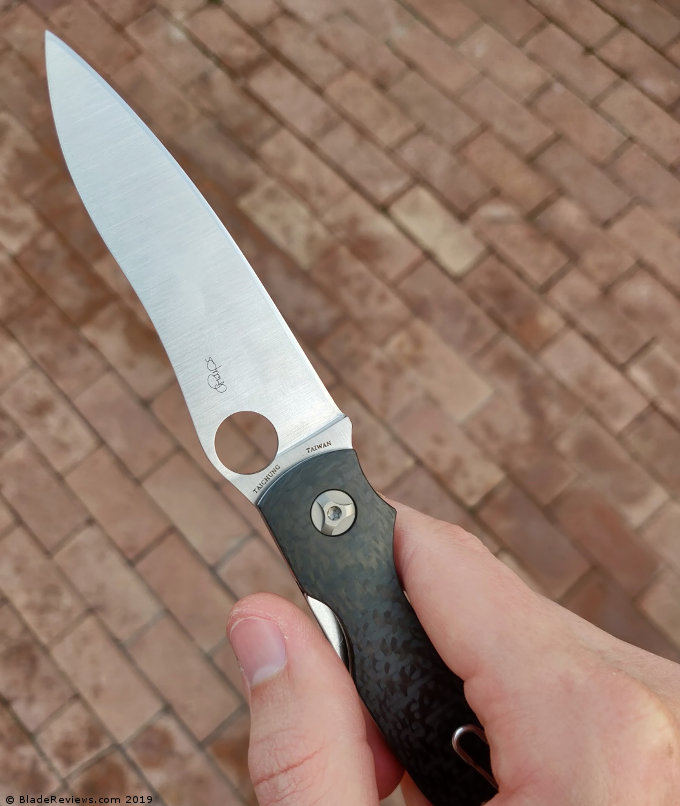
…then safely catch the ricasso of the smoothly dropping blade with my forefinger.
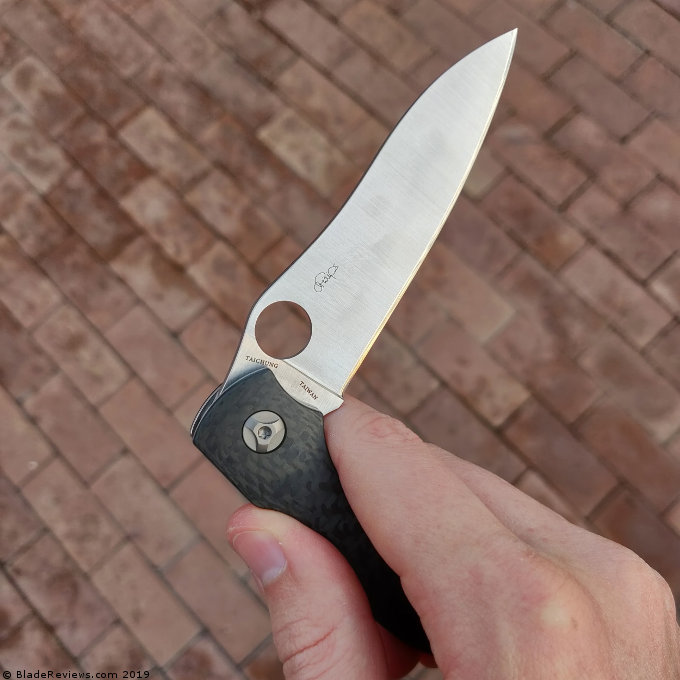
The experience isn’t quite as fidget-friendly as Spyderco’s USA-made compression lock knives (e.g. the Paramilitary 2), but it certainly didn’t stop me from compulsively flicking the Kapara open and closed in my idle moments.
Spyderco Kapara Review – Final Thoughts
In the end, the Kapara exceeded even my initially high expectations for the knife. It’s thoughtfully designed, expertly made, and a pleasure to use. More than that, it’s a knife with a distinct and charming personality, a knife that doesn’t feel quite like anything else on the market and is better for it. The closest comparison I can come up with is the venerable Benchmade 940: another 3.5 inch, easy to carry, dressed-up yet hard-working knife with its own quirky character. (Is it coincidence that both Alistair Phillips and 940 designer Warren Osborne are Australian? [Probably.])
The Kapara is such an outstanding knife, in fact, that I only wish it had a blade steel to match. S30V is better than average, but a high-performance stainless steel like 20CV or M390 would truly elevate the design. That said, it’s nothing to whine over. I find it hard to imagine anyone being disappointed with the Kapara, even at the full retail price I paid ($188 as of this review). If you’re looking for a pocket knife that cuts as well as it carries and feels as good as it looks, I unreservedly recommend the Spyderco Kapara.
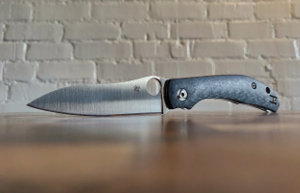
Spyderco Kapara – From $188.50
From: BladeHQ
I recommend purchasing the Spyderco Kapara at Amazon, BladeHQ, or GP Knives. Thanks for reading.
